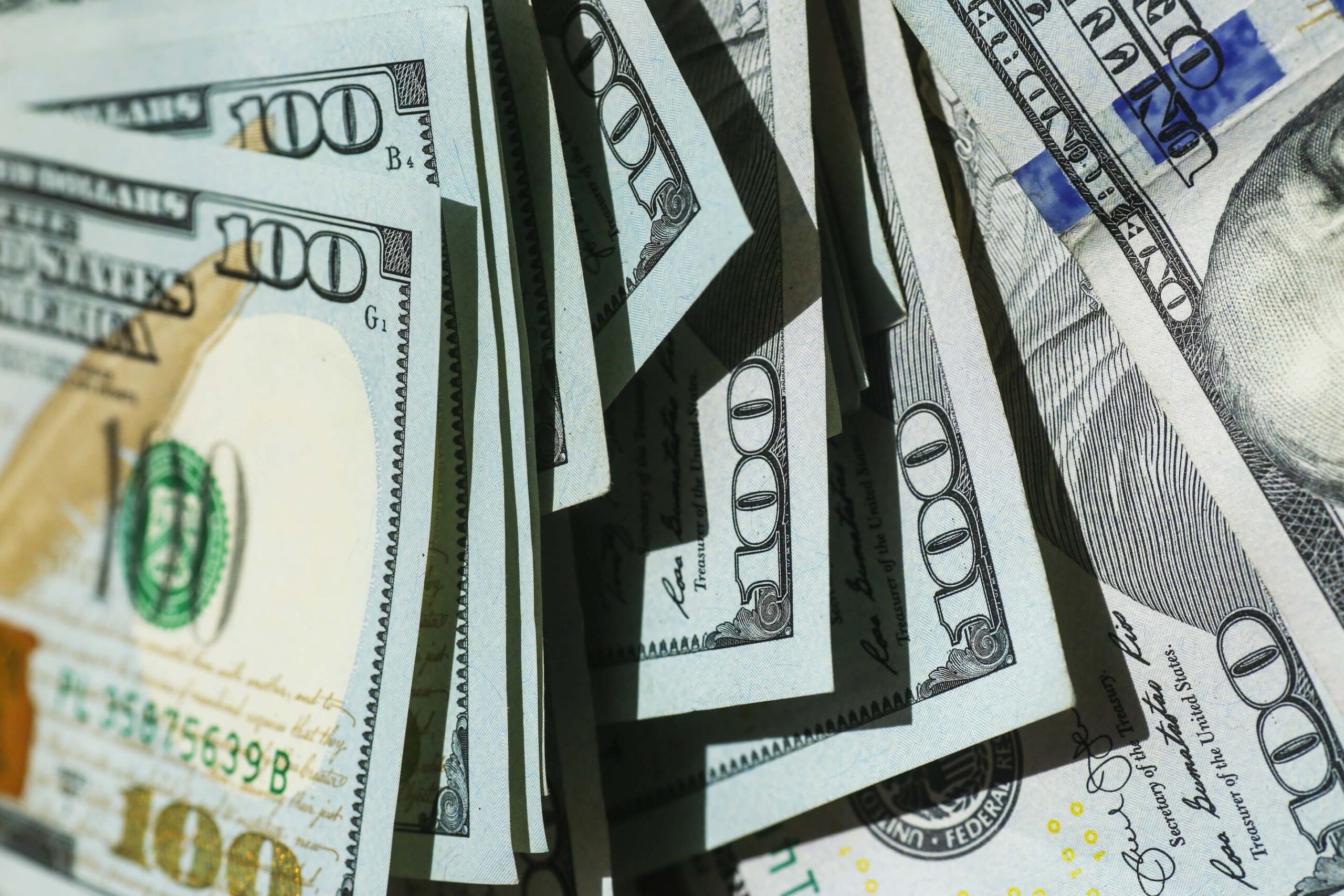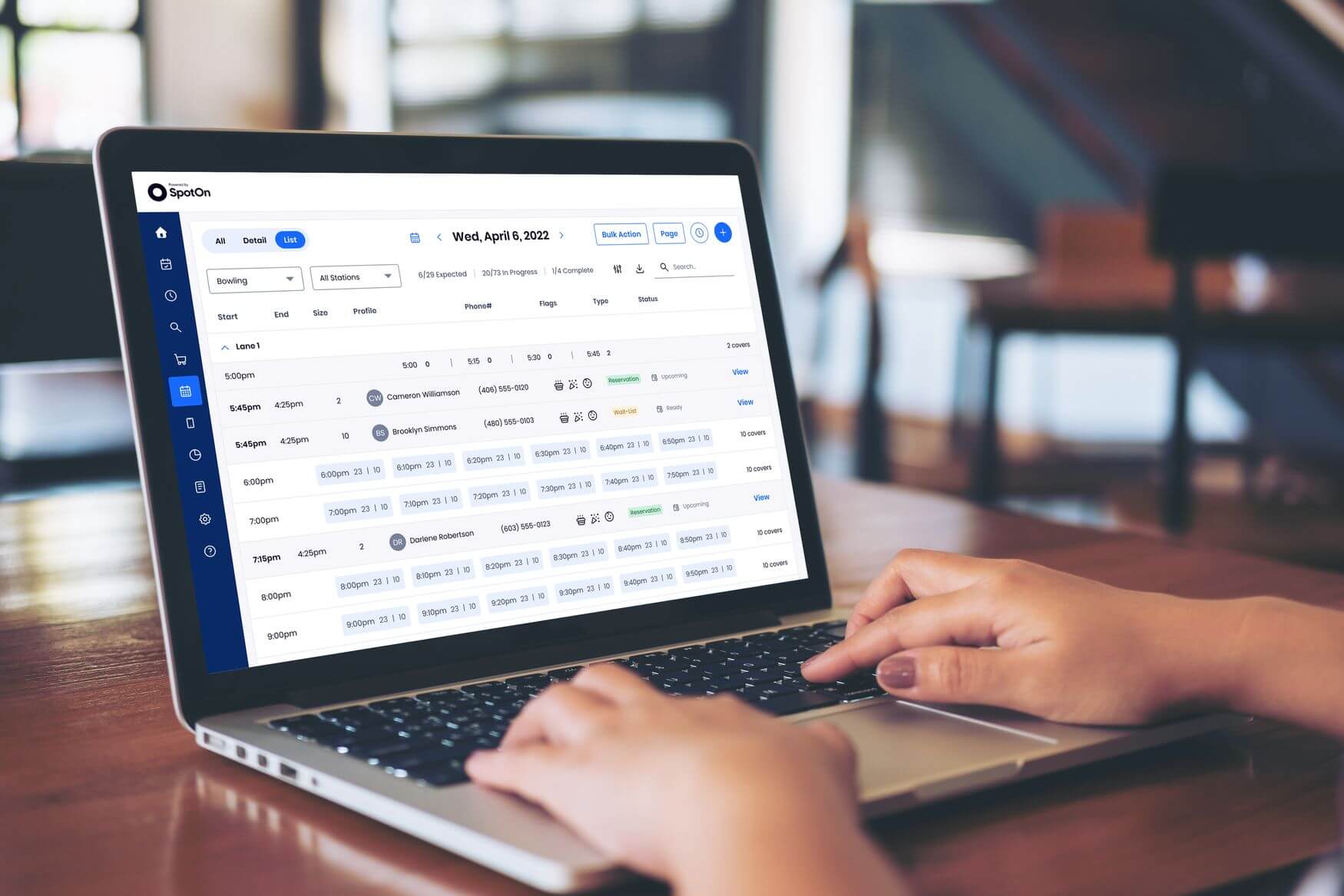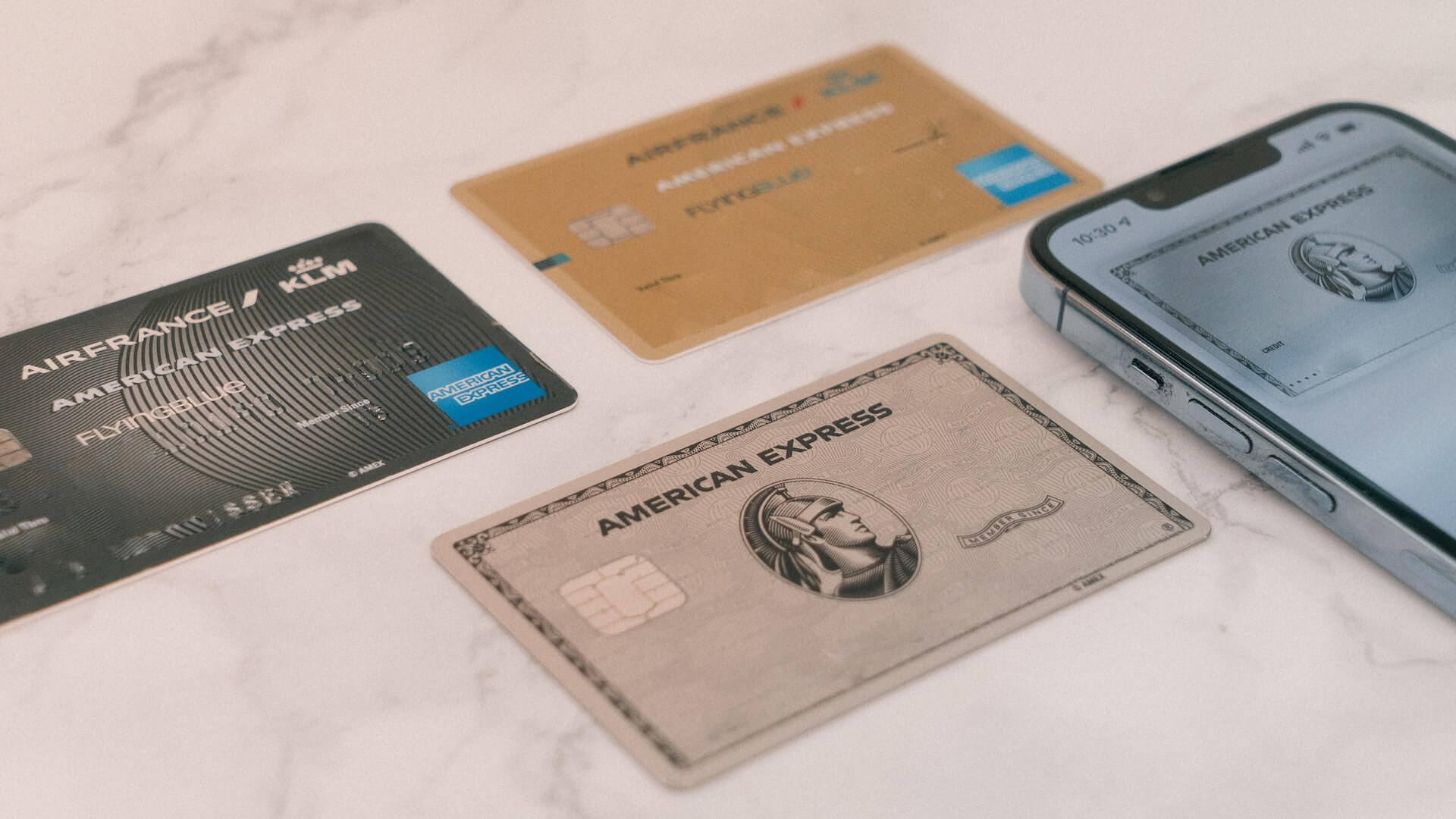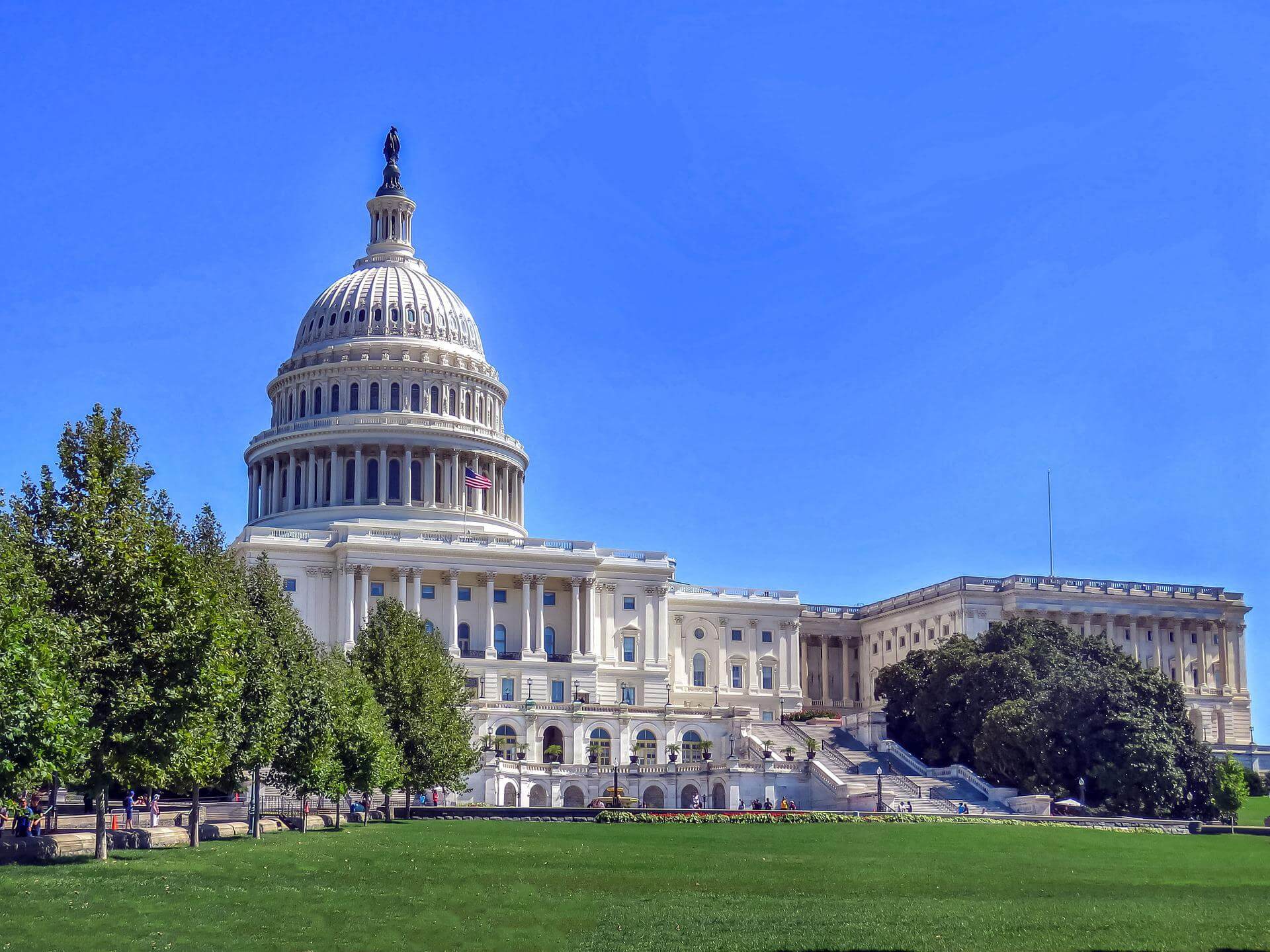KRG Hospitality Enters New Era of Growth with Addition to Team
by David Klemt
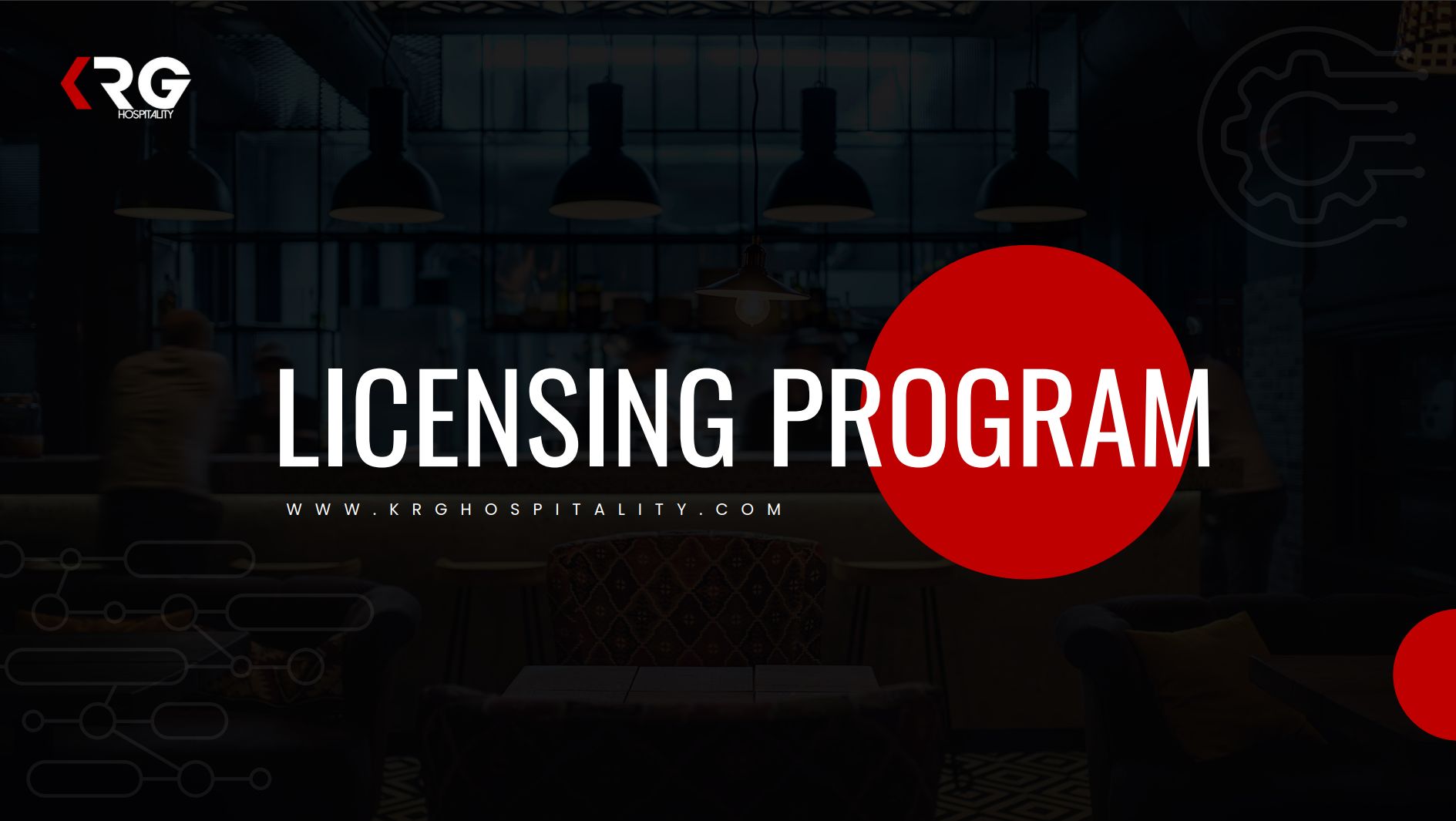
Kim Richardson joins the KRG Hospitality team, representing Philadelphia and the Northeastern US region via the agency’s new license program.
PHILADELPHIA, PA—KRG Hospitality today announces an exciting new addition to the consulting agency’s team. Following several years of success, KRG is now entering a new phase of growth.
Kim Richardson, who has more than 23 years of experience in the hotel and restaurant industry, will represent KRG at the agency’s Philadelphia office. Further, Richardson will be KRG’s representative for the Northeastern region of the United States, serving Connecticut, Delaware, Maine, Massachusetts, New Hampshire, Maryland, New Jersey, New York, Pennsylvania, Rhode Island, and Vermont.
As the newest member of the KRG team, Richardson is excited to bring all her hospitality industry knowledge and experience to the Philadelphia area. From Five Diamond Hotels to brick-and-mortar restaurants, she has had her hands in the Philadelphia hospitality scene since moving to the city in 2003. With an admiration for the industry since a very young age, she has a passion for all things hospitality. Most importantly, Richardson brings with her a passion and eagerness to help grow the industry and lead others to success.
“There’s nothing more rewarding than understanding a client’s dream, perfecting it, and bringing that vision to life,” says Richardson.
This exciting new addition to the KRG team represents the launch of the agency’s new licensed consultant program. KRG operates in several key markets—Toronto, Las Vegas, Calgary, Vancouver, Philadelphia, Nashville, Orlando, and the Caribbean—and is planning to add more partners as regional representatives throughout 2023.
“As we move forward from the pandemic era, we look forward to positioning the brand for continued and further success,” says KRG Hospitality president Doug Radkey. “Creating a licensed consultant program provides us the opportunity to reach a wider audience, provide additional value and support for our clients, and help push this exciting industry forward.”
About KRG Hospitality
KRG Hospitality is a storied and respected agency with proven success over the past decade, delivering exceptional and award-winning concepts throughout a variety of markets found within Canada, the United States, and abroad since 2009. Specializing in startups, KRG is known for originality and innovation, rejecting cookie-cutter approaches to client projects. The agency provides clients with a clear framework tailored to their specific projects, helping to realize their vision for a scalable, sustainable, profitable, memorable, and consistent business. Learn more at KRGHospitality.com. Connect with KRG Hospitality and the Bar Hacks podcast on social: KRG Twitter, Bar Hacks Twitter, KRG Media Twitter, KRG LinkedIn.
Image: KRG Hospitality



